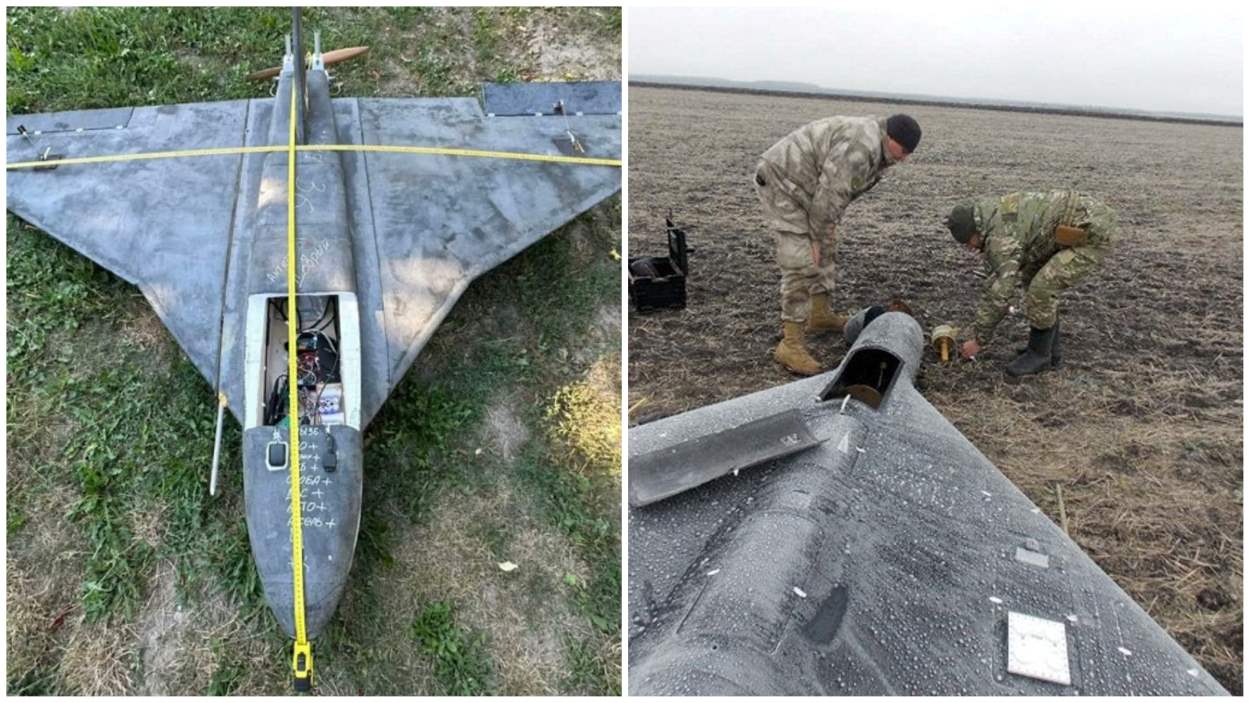Russia has initiated the production of a new long-range attack drone, the Garpiya-A1, aka Kamikaze Drones, utilizing Chinese engines and components.
According to sources from a European intelligence agency and corroborating documents reviewed by Reuters, drone technology deployed in the conflict in Ukraine was first produced by IEMZ Kupol, a subsidiary of the Russian state-owned weapons manufacturer Almaz-Antey, from July 2023 to July 2024, surpassing a production count of 2,500 units.
This collaboration has not been previously reported, and requests for comments from IEMZ Kupol and Almaz-Antey went unanswered. Intelligence sources disclosed that the Garpiya had been actively used against both military and civilian targets in Ukraine, resulting in significant damage and casualties.
These sources, preferring anonymity due to the sensitive nature of the information, also noted that the Garpiya’s deployment includes features distinct from earlier Russian drones, some of which borrowed heavily from Iranian designs. Samuel Bendett, an analyst at the Center for a New American Security, highlighted this shift as a potential sign of increased Russian reliance on domestic capabilities and Chinese components.
The broader implications of these developments have drawn international concern, particularly from the United States, which has cautioned China against supporting Russia’s military efforts. In response, the Chinese foreign ministry has stated that it adheres to strict export controls, particularly concerning items with potential military applications. It remains committed to fostering peace talks concerning Ukraine.
The revelation of the Garpiya drone’s specifications and operational details suggests a significant enhancement in Russia’s unmanned aerial capabilities, likely impacting the dynamics of the ongoing conflict in Ukraine. The drone, capable of reaching distances up to 1,500 kilometres and resembling the Iranian Shahid drones in functionality, represents a critical expansion of Russia’s military arsenal amid escalating global scrutiny and calls for regulatory restraint on such technologies.






